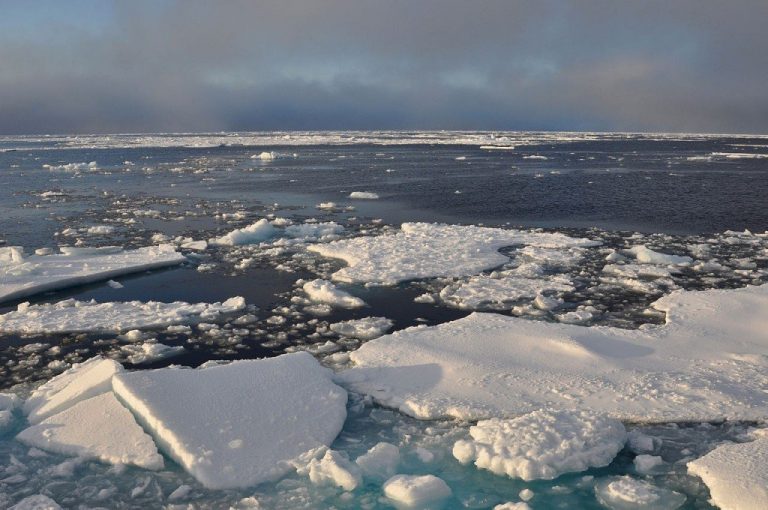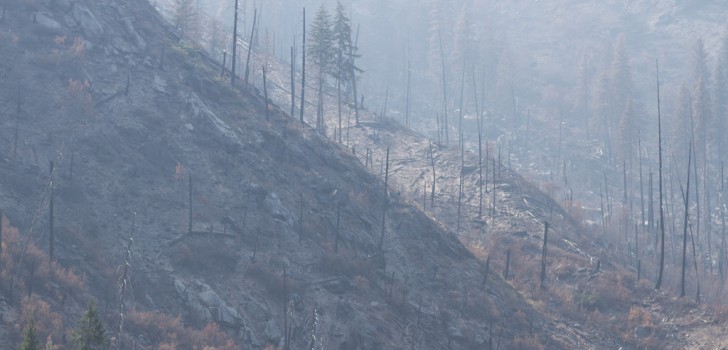This Friday a team of six scientists will lock themselves in a 1,700 square foot bubble and won’t emerge for a full year. The experiment, known as Mission IV, is the fourth in the HI-SEA series that is preparing NASA and prime contractor Lockheed Martin for an eventual trip to Mars.
The simulation is hyper-realistic which means that everything from food to belongings to tools will be identical to what astronauts would encounter on a trip to the red planet.
“We will be bringing with us, especially at the start, a lot of freeze dried, pre-packaged foods, and by that, I don’t mean a lot of Cheetos and mac n cheese. I mean a lot of things that are powdered, things that are easy and quick to prepare,” Sheyna Gifford, NASA HI-SEAS Mission IV Chief Medical and Safety Officer, said in a recent interview.
The mission will take place in Mauna Loa, Hawaii, a region that is located at an approximately 8,000 ft elevation in an abandoned quarry on the northern slope of Mauna Loa. It lies next to an escarpment formed from a string of cinder cones dotting a collapsed lava tube. The site contains little vegetation, no rare, threatened or endangered species, and no archaeological sites or cultural practices.
Crew members will be involved in scientific, physical and psychological research tasks, but that there will also be “housekeeping” items, such as keeping the habitat clean, maintaining energy and water supplies, working out, making meals and laundering clothes.
The mission will even have a simulated 20 minute communication delay, the same length of time astronauts can expect on Mars.
The trip will be historic for NASA as no one has ever attempted a 12 month Mars simulation. While the trip is realistic, it still won’t be quite as stressful as the real thing.
“That psychological state of thinking, you know, at any minute I really could get killed by this planet. That’s not something that we can simulate, but we can almost simulate everything else,” said Gifford.
Gifford will simulate rescue efforts to create a blueprint for future real missions.
Interactions with the outside world will come through email and Youtube videos which is likely how future missions will communicate too.
“You kind of miss weird, random, mundane things like watering your lawn, waving to your neighbors,” Gifford said. “Sometimes you even just miss going to the grocery store, but mostly you just miss being the people that you can’t tough and talk to and help and be there for when you need them. Those are the things we usually miss the most.”
NASA says it hopes to make a Mars landing in the 2030s, once the new Space Launch System (SLS) heavy lift rocket has been operational for some time. Lockheed, along with rival Boeing, are the prime contractors for the project.
Here’s a brief glimpse of what life will be like inside the lab:























